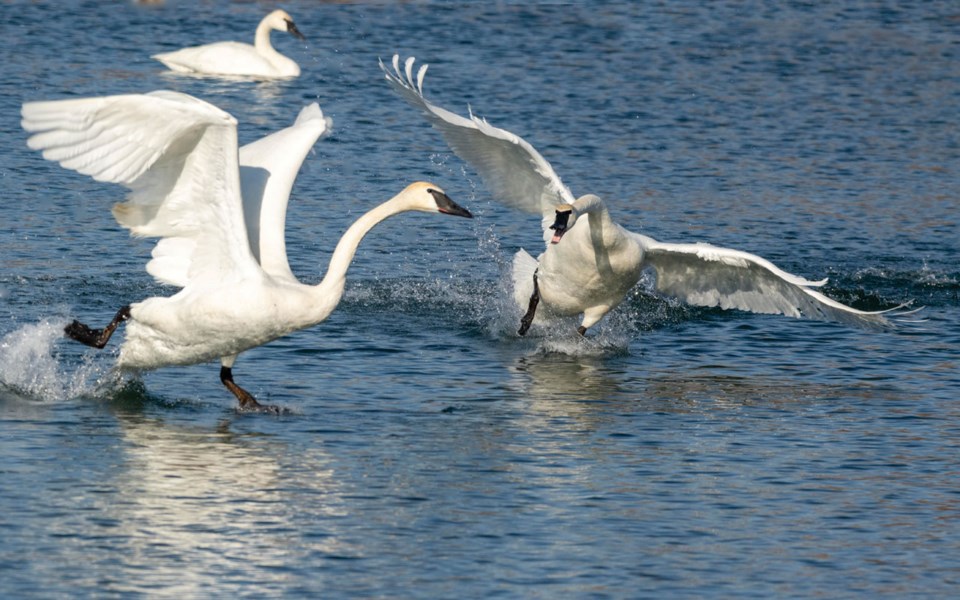Bird watchers anticipate spring migration—the mass movement of birds toward their breeding grounds—like kids anticipate Christmas. This excitement is a big reason why birds are the most-studied organisms in Whistler. Thanks to a long-term volunteer bird-monitoring program birds are our best indicator species—tracking their behaviour and numbers can tell us a lot about what is happening in our environment.
In the spring period—April, May and June—we note the arrival date for about 100 migrant species (excluding year-round residents). We now have 23 years of data and have calculated an actual arrival date for the 100. Some years there are no shows, or missed sightings, but for those seen in 20 or more years, the average arrival date is fairly well fixed.
This year, the arrivals of the birds passing through were astonishing. Fifty-seven species were three to 43 days ahead of time. The bird that jumped the gun with a really early return was a green-winged teal, 43 days premature! Another 18 arrived on the calculated date, while 21 were behind schedule. The slowpoke is, so far, a purple finch, 35 days tardy. A surprise this year was that a great blue heron hung around all winter, finally leaving us in mid-spring. Usually herons have a May 3 arrival date.
Some migrants have not shown up yet, with Wilson’s snipe, black swift, Cooper’s hawk, cedar waxwing and house finch to name the most unexpected delinquents. Migration times often revolve around weather conditions, food availability and steadily increasing competition for resources. There are probably many other migration triggers—we humans just have not recognized them yet.
Some highlights of the migration saw Trumpeter swans at their highest total: 135 seen sitting on the lakes. The numbers of golden-crowned sparrows were two to threefold higher than previous years with 10 to 30 seen on each outing. There were also daily high counts on red-necked phalaropes (13), harlequin duck (6), hooded mergansers (14) and western gulls (3). The most abundant migrants were again Canada geese and American robins.
There’s good news for the spring bird count overall, which includes both migrant and resident birds. The number of species seen was on the rebound at 135, slightly above the 15-year average and above all five previous counts. However, between 2006 and 2014, the average for that period was 141, meaning that the last six years has pulled the average down to 134.
One new species was added to the local list: a rain-soaked bedraggled black turnstone was sitting miserably on the floatplane wharf, bringing Whistler’s master checklist up to 268 species. Black turnstones spend the winter up and down the Pacific Coast and head to Alaska to breed, so this one probably got blown off course on route. Considering that our first checklist in 1995-96 had only 175 species, reflecting sightings back to as far as 1916, 93 additions over 25 years is quite remarkable.
This sets up for the early summer lull in bird activity. In late July, some migrants will be heading south. Look for small least sandpipers on the Fitzsimmons Creek delta.
Naturespeak is prepared by the Whistler Naturalists. To learn more about Whistler’s natural world, go to Whistlernaturalists.ca.




